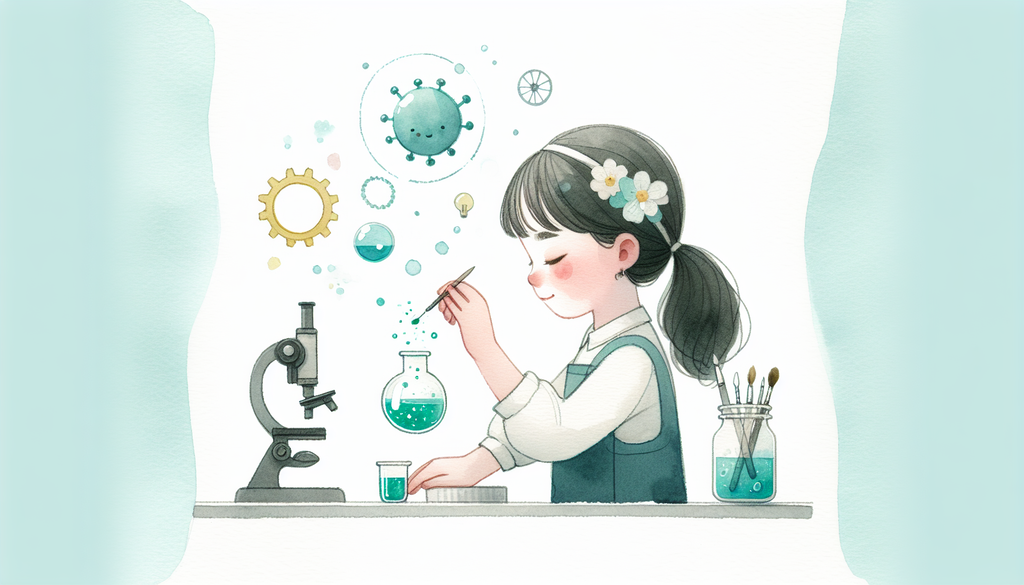Creating Accessible Science Experiments for All Learners

Science experiments are a crucial part of education that help children learn through hands-on exploration and investigation. However, it’s important to remember that students have diverse needs and abilities. Perhaps your child has a physical disability, a sensory impairment, or a learning difference, necessitating a different approach to participation. Alternatively, your child might be gifted and talented, needing additional challenges to keep them engaged. In today’s post, we will discuss ways to design and adapt science experiments to be accessible and enjoyable for all learners.
The Value of Accessible Science Experiments
Accessible science experiments that cater to diverse learners promote inclusivity, engagement, and a deeper understanding of scientific concepts. It’s not just about making adjustments for individuals who might find the traditional methods of instruction challenging, but also enhancing the learning experience by introducing multiple ways of exploration.
For instance, a traditional experiment that relies heavily on visual observation might be inaccessible for a visually impaired student. At the same time, a gifted learner might require additional complexities to the experiment to keep them engaged and challenged, as we discussed in our post about long-term planning for gifted children.
So, how can we make science experiments more accessible?
Strategies for Designing Accessible Science Experiments
-
Incorporate multisensory learning: This can enhance the learning experience for all students and can be particularly beneficial for children with sensory impairments or learning differences. For example, an experiment about plant growth can include tactile elements such as touching the different textures of seeds and leaves, and auditory elements like listening to the sound of water being absorbed.
-
Provide clear and differentiated instructions: Differentiating instructions to cater to diverse learners can facilitate better comprehension and engagement. For example, using visual aids, simplifying language, or providing step-by-step written instructions can be beneficial for some learners.
-
Design experiments with varying levels of complexity: Creating different tiers of challenges allows students to engage with the experiment at their comfort level. For a gifted student, you might introduce additional questions that require higher-order thinking, as we discussed in our post on critical thinking in gifted youth.
-
Utilize assistive technology: Assistive technology, such as text-to-speech tools, can be vital for some learners. For more ideas, refer to our guide on the best apps for special education.
-
Facilitate peer support: Encourage collaboration between students. This promotes meaningful friendships between diverse learners and provides opportunities for peer teaching.
Accessing the joy and learning potential of science should be an inclusive endeavor. By implementing these strategies, we can create a more accessible, enriching, and enjoyable learning environment for all students.
Remember: Every child’s abilities and needs are different. Always consider the specific needs of each learner when designing science experiments, and don’t hesitate to seek guidance from special educators, occupational therapists, and other experts if needed. If you want more insights on the importance of differentiated instruction, do check our other blog post.
By fostering inclusive learning experiences in science, we create an environment where all students—regardless of their needs, abilities, or gifts—have the opportunity to explore, be curious, and discover the world around them.